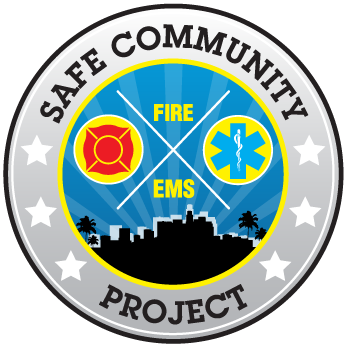Emergency preparedness is vital to ensure a disaster response is not impeded by disorganization or miscommunication. Remaining calm and moving confidently through the wilds of a crisis are much easier when you have a map. And that is exactly what an emergency operations plan (EOP) is — a mapping of the best course of action during an emergency.
Regardless of the standard used, an EOP concretely defines what an organization will do to minimize disruptions in services when a disaster occurs. The potential disasters an administrator must consider when planning vary depending on the location of the organization.
In the West, wildfire evacuation routes or smoke mitigation strategies might be in an emergency operations plan, while the Gulf Coast states need to include procedures for evacuation in case of a hurricane. Some threats loom over all locations: a viral pandemic, acts of terror, political unrest, and natural disasters. Planning for all of these events, even if the chances of their occurrence seem remote, should be viewed as an investment in the future.
A good EOP will document, in detail, the resource needs of the organization in each of six key areas, and describe how these will be managed if the community cannot provide support for at least eight days. Conserving resources, curtailing services, obtaining supplies from outside the community, and evacuation are among the acceptable responses.
Once an emergency operations plan has been written, it must be practiced and, if necessary, modified in response to feedback. Drills are a key component of emergency preparedness. Members of the organization should run through every disaster scenario the plan covers and evaluate its performance. These “dry runs” identify pitfalls and areas where improvement is needed.

